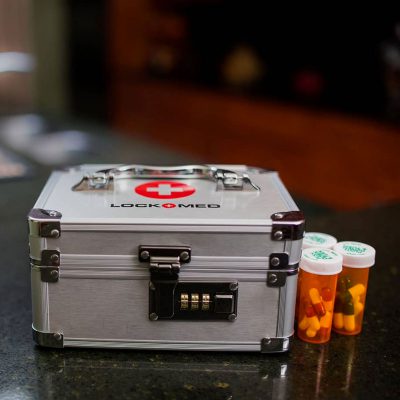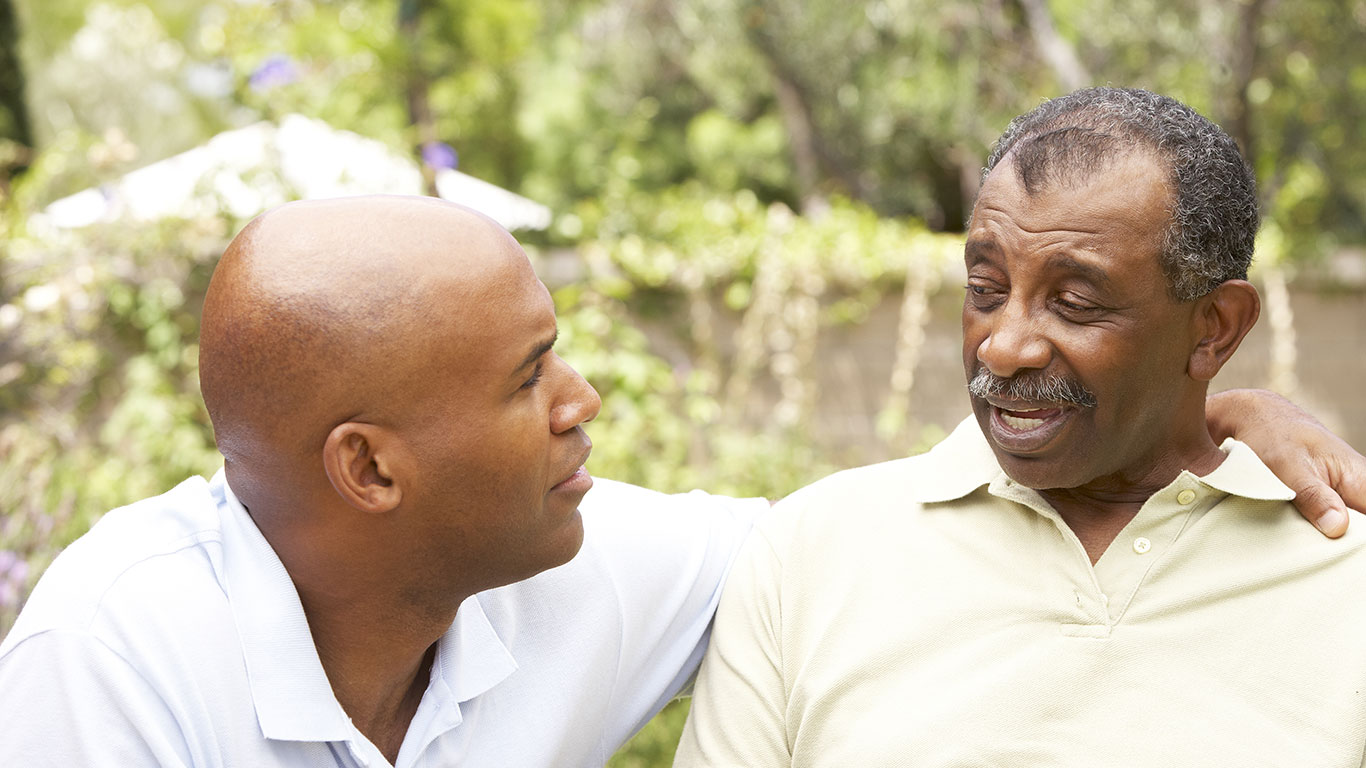How to Stay Safe
Keeping yourself and others safe from suicide involves making and enacting a plan. Part of a suicide prevention plan is to secure items that might be used as lethal means of completing suicide.
You Are Not Alone!
Develop a Safety Plan
When you or someone you care about is experiencing thoughts of suicide, the heightened emotions of the situation can make it difficult for even the most practiced individuals to remember what steps to take. By learning in advance how to keep yourself, your home and those around you suicide-safe, you can be more effective in times of crisis.
A safety plan is a document that provides guidance for a person in crisis to help them keep themselves safe. The plan is written in conjunction with the person experiencing a crisis so that it is personal, meaningful, and effective. You do not need to be a mental health professional to support a person in creating a safety plan – anyone in a trusting relationship with the person can help them through this process.
A Personal Safety Plan Includes but is not Limited to:

Warning Signs
The individual’s personal warning signs that indicate they are in crisis.
Coping Strategies
Coping strategies that help a person feel physically and psychologically
safe such as mindful breathing, art or crafts, and exercise.
Support Network
Supportive people in the person’s life that may be contacted in times of
crisis including friends, loved ones, mental health providers or crisis lines.
Remove Lethal Means
How lethal means for suicide can be safely removed from their environment.
Reasons to Stay
Their personal reasons for staying alive, or what has helped them stay
alive in the past.
Use These Apps to Develop a Safety Plan
Make your Home Suicide Safe
A safe home environment can save lives
Since many suicidal crises are brief, safe storage practices can safe a life by increasing the time and space between an impulsive person and a household risk.
Counseling on Access to Lethal Means (CALM) Training
Reducing access to lethal means, such as firearms and medication, can determine whether a person at risk for suicide lives or dies.This course is about how to reduce access to the methods people use to kill themselves. It covers who needs lethal means counseling and how to work with people at risk for suicide—and their families—to reduce access.
Reduce Access to Lethal Means
When a person is in crisis, removing their access to ‘lethal means’, or those things most commonly used to end one’s life, can be crucial in preventing suicide. While general precautions should always be taken with medications and weapons, when you or someone who lives with you is in distress, increased measures should be taken to keep everyone safe. Many suicides occur during a short-term crisis, so preparing your home in advance can provide time to intervene.
Safe Weapon Storage
The Veterans Administration, in conjunction with the American Foundation for Suicide Prevention and the National Shooting Sports Foundation have prepared a toolkit specifically for firearm owners. This toolkit outlines a variety of safe storage options as well as suggestions for increasing conversation around reducing access to lethal means in times of crisis.
We understand that safe gun storage will cause anxiety when they’re used for home protection. This is temporary until the suicide crisis has passed. Firearm injuries in your home can be prevented by making sure unloaded, locked, and secured when not in use, with ammunition stored in a separate location.
- Options include: cable lock, lock box, or gun safe. Visit nssf.org/safety to find an option that works for you and your family.
- Ask a trusted friend or family member to temporarily store the firearm away from your home until the crisis has passed
- Some law enforcement agencies and gun ranges will temporarily store firearms
- Store firearms in a lock box or safe to which someone else can hold the key
- Secure firearms with gun locks available through local prevention partners
Safe Medication Storage

Take medications is often a necessary part of life and is needed to
maintain health, but medications should be stored safely and securely
when not in use.
- Ask a trusted friend or loved one to store extra medication and dispense safe quantities as necessary
- Make sure all medications are stored safely and all controlled substances no longer in use have been disposed of
- Keep medications out of children’s sight and reach
- Ask your pharmacy to limit the number of refills or quantity of medication
- Portion out pills for the week and lock the rest away
- Check the date on everything in your medicine cabinet and dispose of medication if it is past it’s expiration date, you haven’t taken it in over 12 months, or you no longer need the medication

